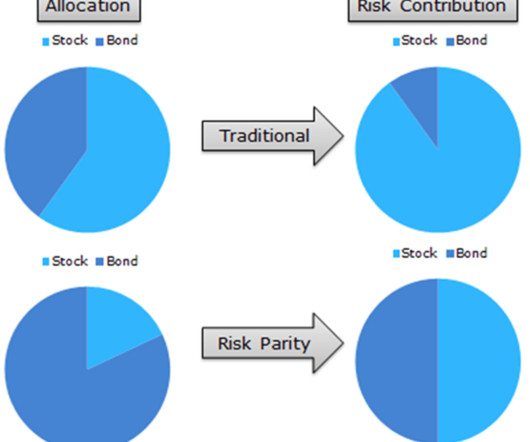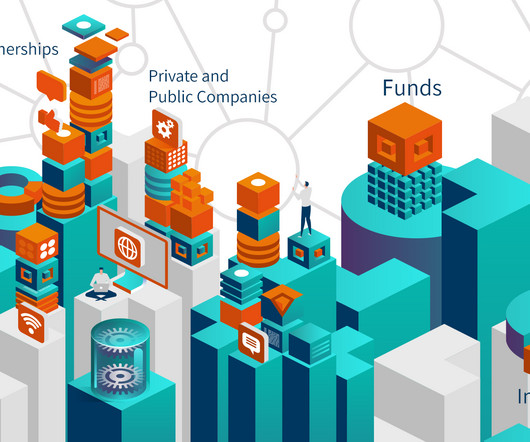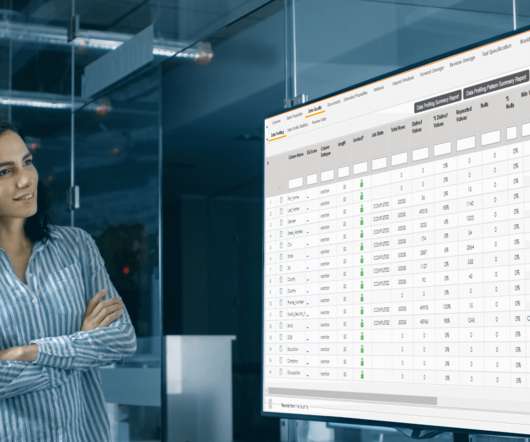CDOs: Your AI is smart, but your ESG is dumb. Here’s how to fix it
CIO Business Intelligence
MARCH 19, 2025
Additionally, CDOs should work closely with sustainability officers to align data collection and reporting processes with ESG goals, ensuring transparency and accountability. Beyond environmental impact, social considerations should also be incorporated into data strategies.























Let's personalize your content